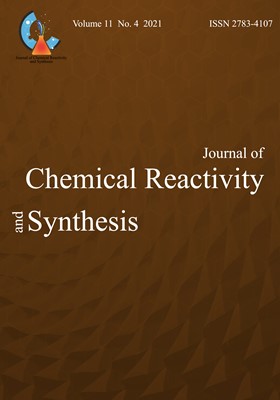-
-
List of Articles
-
Open Access Article
1 - Synthesis, characterization and first application of perovskite LaFeO3 nano particles for the synthesis of tetrahydropyridine derivatives
Melika Eftekhar Iman Khosravi Vahid Jozari -
Open Access Article
2 - Evaluation of the effect of levetiracetam drug on BSA structure
saba Hadidi -
Open Access Article
3 - DFT studies of the hydroquinone adsorption on polypyrrole
Mozafar Rezaee Shahrbanoo Rahman setayesh -
Open Access Article
4 - An Efficient, One-Pot and new Synthesis of 2-amino-12H-spiro[indolo[1,2-b]quinazoline]pyrano-3-carbonitril
Gholam Hossein Mahdavinia Afsaneh Alamdar -
Open Access Article
5 - Synthesis and characterization of molybdenum chelate-bonded supported on magnetic nanoparticle as an efficient and recyclable catalyst system for C–N cross coupling of amides
Maryam Gorjizadeh Mozhgan Afshari -
Open Access Article
6 - One pot synthesis of conjugated chalcone-quinoxalines using an organocatalyst under ultrasonic mediation
Kiana Darvishi
-
The rights to this website are owned by the Raimag Press Management System.
Copyright © 2021-2025







